Low Pressure Sodium vs High Pressure Sodium-Vapour Lamps
Sodium-vapor lamps utilize ionized sodium to produce light and are frequently used for street lighting and other forms of illumination.
There are two primary types of these lamps.
The first type is the low-pressure sodium-vapor (LPS) lamp, which consists of an inner discharge tube made of borosilicate glass with metal electrodes and a mixture of neon, argon gas, and a small amount of metallic sodium. When electricity flows between the electrodes, it ionizes the neon and argon, resulting in a red glow until the gas vaporizes the sodium. The ionized sodium then emits a nearly monochromatic yellow light. LPS lamps have been widely used for street lighting since the 1930s due to their high efficiency (measured in lumens per watt) and their ability to penetrate fog with their yellow light.
The Low-Pressure Sodium Vapor lamps were discontinued and it's very hard to find any bulbs available these days.
The second type is the high-pressure sodium-vapor (HPS) lamp, which has an inner discharge tube made of translucent alumina that can withstand the corrosive effects of a combination of mercury and sodium under high pressure and temperature. HPS lamps produce a whiter light and are employed for extra-bright lighting in areas such as road intersections, tunnels, sports stadiums, and other locations where it is beneficial to see a full spectrum of reflected colors.






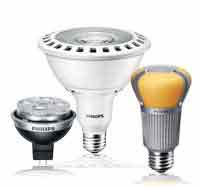
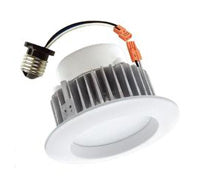

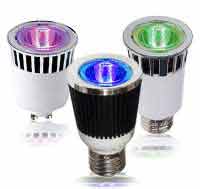


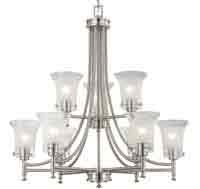
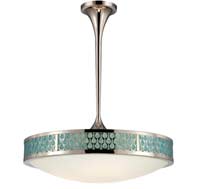




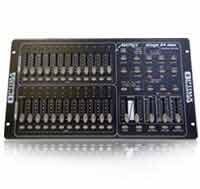






Stay in Touch